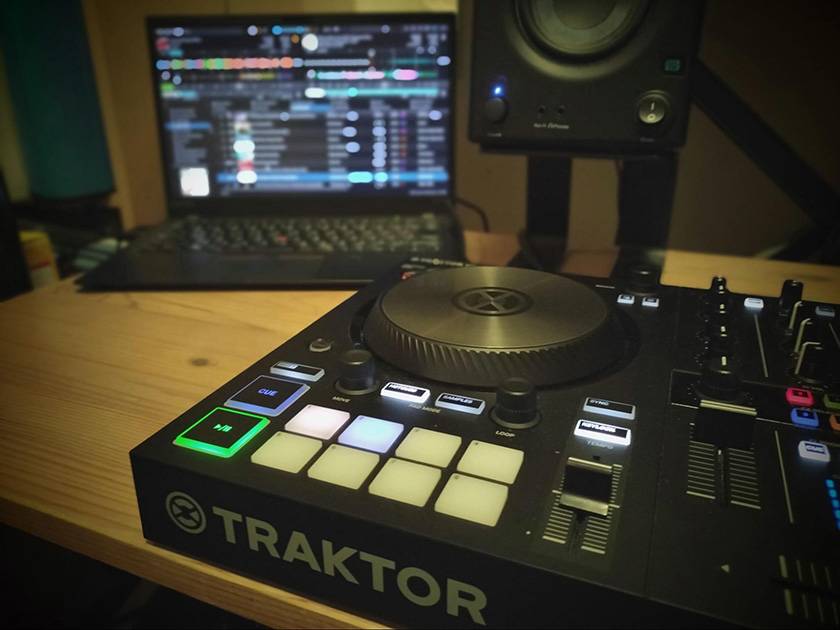
Nice to meet you. I’m Nigel, a DJ.
Well, for some of you, it might not be the first time.
I’ve written a few product reviews for Sound House.
Perhaps you’ve come across those before.
Anyway, once again, hello!
I’m currently a house and techno DJ based in Osaka, Japan.
Originally, I was born and raised in Tokyo, where I lived for over 40 years.
Naturally, I began my DJ career while living there.
I used to play bass in a band and sing on piano, but a friend invited me to start DJing, and that’s how I got into DJing.
Shortly after, over 20 years ago, I started organizing events at clubs in places like Shibuya and Roppongi.
If I may say so myself, they were pretty successful events.
We had a strong foreign crowd, and every event saw many international attendees.
Even today, my DJ style is popular with non-Japanese audiences, and I often receive compliments from them.
But enough self-praise!
At one point, I lived in a regional city in western Japan.
During that time, I initially got DJ software just as a hobby.
That software was the first version of Native Instruments’ Traktor Pro.
I was pleasantly surprised by how well-made and ‘usable’ it was. I thought, “I could actually use this in real gigs!”
And that’s how I restarted my DJ career.
Later on, the first-generation Traktor Kontrol S4 and S2 were released, and I quickly became a fan, using them regularly.
Native Instruments / Traktor Kontrol S4 MK3 4ch PCDJ Controller
Native Instruments / Traktor Kontrol S2 MK3 DJ Controller
I performed at local clubs, collaborated with live music venues to bring professional bands from Tokyo, and acted as an organizer behind the scenes.
I even DJ’d as the opening act for these band performances.
By the way, when I first started DJing over 20 years ago, 99% of DJs used analog media—vinyl records.
Naturally, I did as well.
But times changed, and we fully entered the digital era.
When I started using Traktor Pro, I made the full transition to digital DJing.
About a decade ago, I moved to Osaka.
Nowadays, alongside my main job, I perform at events and do lounge DJing.
Osaka is a great place.
It has the energy and convenience of a big city, but you can still find places that retain the charm of good ol’ Showa-era Japan. The strange coexistence of these two aspects is part of its allure.
So, in this article, I’d like to talk about DJ gear.
I hope you enjoy!
01 DJ Equipment I’m Using
Currently, I mainly use a combination of the DJ software Traktor Pro 3 and the DJ controller Traktor Kontrol S2 MK3.
At gigs, I connect the Traktor KontrolS2 MK3 to a DJ mixer for sound output.
The Traktor Kontrol S2 is connected to the DJ mixer’s LINE input via RCA cables.
While the basic effect operations during DJ performances are done on the DJ controller, I often use the effects on the DJ mixer as well. For example, the DJM-900NXS2 from Pioneer DJ has such clean effects that I frequently use the mixer’s built-in effects.
Up until recently, in clubs where Pioneer DJ’s CDJs and DJ mixers were installed, I would use those for my performances.
I only brought my DJ controller to venues where the equipment was in poor condition or when there was no DJ equipment at all.
However, I’ve now switched to always bringing my Traktor Kontrol S2 MK3 to every venue I play at.
Why the change?
Here are the reasons:
(1) Standardizing My Setup Everywhere
The main reason is simple.
I want to have the same setup wherever I play. Even though clubs have their own in-house equipment, the type and condition of gear can vary greatly depending on the venue. To be honest, some of the CDJs in these places aren’t well-maintained, leading to a higher chance of equipment malfunctions.
This can result in subpar performances, which is incredibly frustrating.
With Traktor Pro 3 and the Kontrol S2 MK3, I can take the setup I’m comfortable with at home to any venue.
This allows me to avoid issues caused by different environments and maintain a consistent performance setup, regardless of the venue. That’s why I fully transitioned to using Traktor.
(2) I Want to Use Effects to the Fullest
Traktor Pro 3 comes loaded with a wide range of high-quality effects.
The Kontrol S2 MK3 controller also has a super convenient feature called Mixer FX, which allows you to pre-set up to four effects and toggle between them with just one switch.
Many of the DJ mixers at venues only come with basic effects like filters, which just isn’t enough for me.
I love using effects like filters, flangers, delays, and reverbs frequently!
The Mixer FX feature was the perfect solution for my needs.
Being able to access a rich variety of effects anywhere is another major reason I fully switched to Traktor Pro 3.
(3) Exceptional Beat Analysis Feature
The beat analysis feature in Traktor Pro 3 is outstanding.
Compared to other DJ software like Serato DJ Pro or rekordbox, I feel it stands a head above the rest. When performing long mixes in genres like house and techno, the beats of two tracks align perfectly and stay locked together.
This seamless synchronization is something I can only achieve with Traktor.
This is one of the major reasons I love Traktor Pro 3.
Along with its sound quality and effects, the overall quality lives up to the reputation of Native Instruments, a highly respected sound production company.
Conclusion:
PCDJ is awesome!
Personally, I recommend the Traktor Series, but in the same price range as the S2, I think these controllers and DJ software are also well-made:
Numark / Mixtrack Platinum FX 4-Deck Compatible PCDJ Controller
Pioneer DJ / DDJ-FLX4 2-Channel PCDJ Controller Compatible with rekordbox and Serato DJ
I’ve actually used both of these models.
If you’re interested, I suggest looking into them, picking the model that suits your style, and using it to its fullest.
DJing is a deep art.
The more you do it, the higher the goals you’ll see!
02 Connecting to the DJ Mixer at Venues
As mentioned earlier, I connect the Traktor Kontrol S2 to the DJ mixer using RCA cables to the LINE input.
There are several ways to connect Traktor Pro 3 (running on a PC) to the DJ mixer besides RCA cables.
Recently, more CDJs and DJ mixers have been equipped with USB input ports.
In the clubs where I play, there are mixers with USB input ports installed.
By connecting a USB cable directly from the PC to this USB port, it is possible to output high-quality sound from Traktor Pro 3.
However, there are prerequisites for this connection method:
- Update the firmware of the CDJ or DJ mixer to the latest version.
- Update the version of Traktor and the driver software to the latest version.
If these conditions are not met, you may frequently experience audio dropouts even if you connect them.
Updating the Traktor software is straightforward since it’s something you can do on your own PC.
However, meeting the condition of “updating the firmware to the latest version” requires the store to perform the update on their equipment.
If the store consistently does this, there are no problems, but in reality, many stores do not perform this task.
Except for some major venues, firmware often remains at the version it was when the equipment was introduced and is not updated at all.
It’s quite common for the staff at the store to have never done this kind of work and to be unaware of how to do it.
In such cases, it becomes necessary for me (the DJ) to obtain the store’s consent to perform the firmware update.
However, even if we are permitted to carry out this task, there’s a risk that if the update fails, issues may arise.
If I cannot fix these issues myself, I may end up needing to send the equipment for manufacturer repair, potentially leading to compensation disputes with the store.
For these reasons, I have decided not to engage in any activities that involve “interfering with the equipment of the store,” such as performing firmware updates.
Therefore, I do not opt to connect the DJ mixer and PC via USB.
In terms of audio quality for the DJ controller itself, the audio interface quality of the Traktor Kontrol S2 MK3 is 24bit/48.0kHz.
When connected to the DJ mixer via USB, the output quality is usually 24bit/96kHz.
The sound quality of the Traktor Kontrol S2 MK3 is slightly lower compared to playing with CDJ-2000NXS2 or CDJ-3000.
Nevertheless, it still offers sufficiently excellent sound quality for a DJ controller of this class.
Therefore, while it is a compromise, I choose the method of connecting the S2 to the DJ mixer’s LINE input using RCA cables, as it is the safest way to avoid issues.
03 Common Troubles That Can Occur on Site
More than a decade ago, during the early days of using PCDJ, I didn’t understand the concept of “PC optimization settings,” which led to constant troubles at gigs...
That’s right.
Optimization settings on the PC side are essential for DJ software.
Each manufacturer’s support page provides instructions on how to set these up.
If you use DJ software with your PC set to default settings without this optimization, you may encounter issues such as unstable performance or the software not working at all.
Be sure to consult the support page of your DJ software manufacturer and complete these settings.
Now, since I started using the Traktor Kontrol S2 MK3, I haven’t experienced any troubles at gigs. However, human error can still lead to occasional mistakes.
The main ones include:
- Getting caught on the fader knobs (especially the crossfader) with my arms or sleeves, causing sudden volume drops.
- Misreading the remaining time of the currently playing track, leading to last-minute cueing of the next track.
- If I haven’t set the deck to “lock the currently playing deck from loading a new track,” I might accidentally load the next track onto the deck that is currently playing, resulting in an unexpected switch of songs.
Number 1 can still happen occasionally, so I remain cautious.
Number 2 is a mistake that was more common during the analog era.
Since switching to digital, the “loop function” is a handy tool that alleviates this stress.
For number 3, I have my setting configured to “lock,” so it doesn’t occur for me.
If you haven’t set your deck to “lock the currently playing deck from loading a new track,” especially if you have no specific reason not to, I recommend doing so for safety.
With that said, this concludes my discussion titled “A Guide to PCDJ: Practical Know-How from Gigs!” I shared what I currently do and what I’ve learned from my experiences when bringing a PC and DJ controller to the gig.
I hope this inspires those who have recently developed an interest in DJing or those who used to DJ and are now considering trying PCDJ again.
Until next time, see you again!
The “sound & person” column is made up of contributions from you.
For details about contributing, click here.





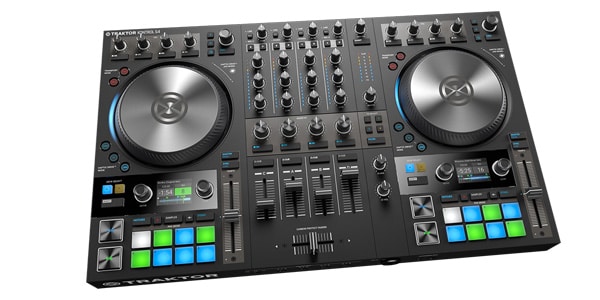
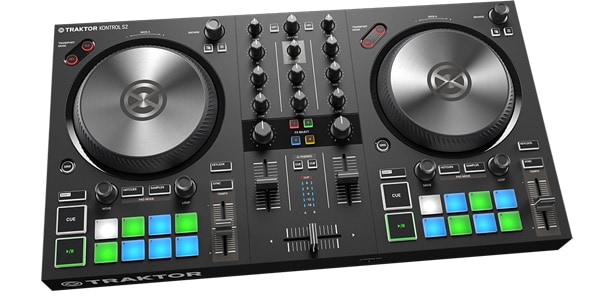
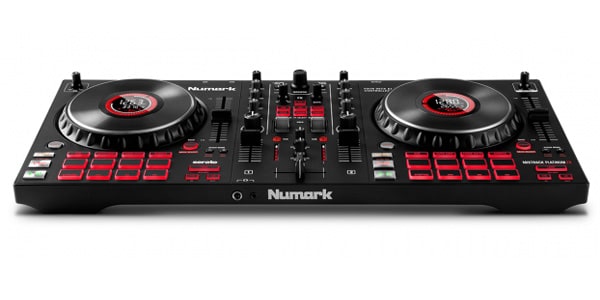
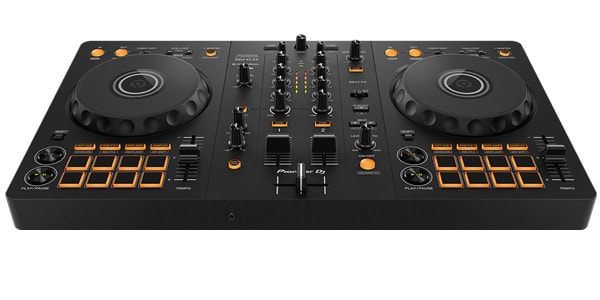



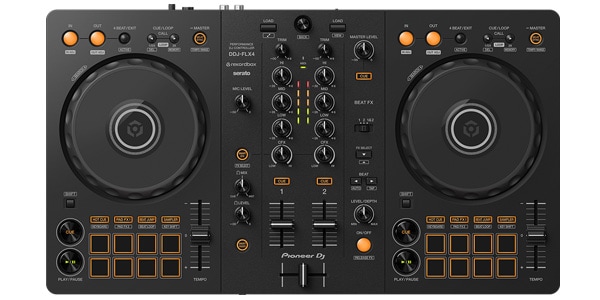





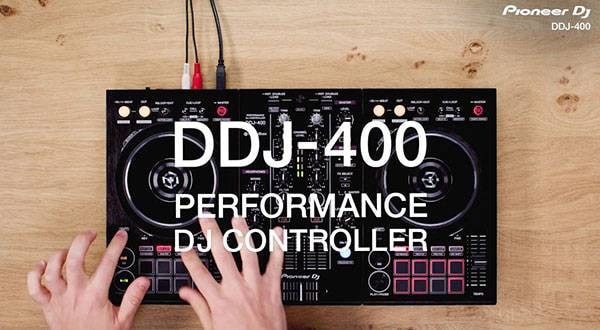
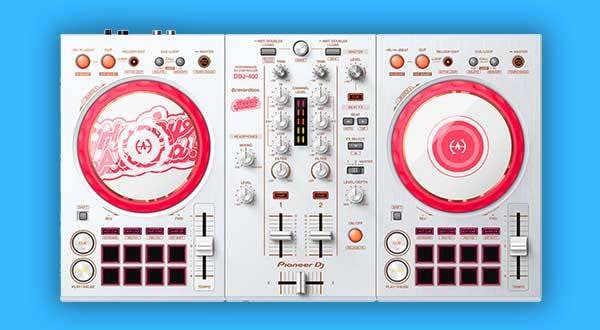
![[2025 Edition] Hot Selling DJ Equipment & Popularity Ranking [PCDJ Controller Edition]](/contents/uploads/thumbs/2/2023/10/20231026_2_24347_1.jpg)
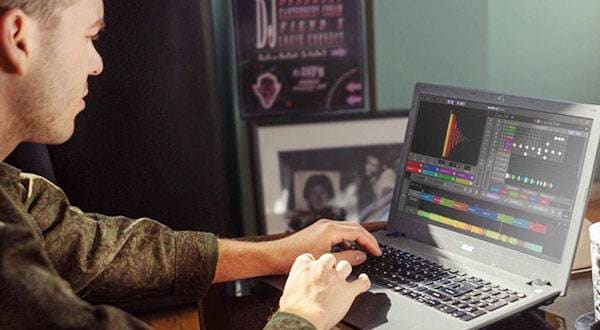
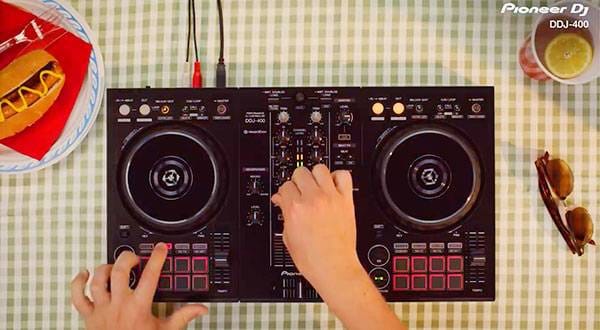
![[DJ Music Selection Techniques] 3 Recommended Music Source Websites for DJs [Comparison]](/contents/uploads/thumbs/2/2018/8/20180803_2_3857_1.jpg)
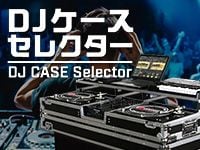 DJケースセレクター
DJケースセレクター
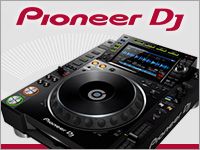 PIONEER DJ 比較表
PIONEER DJ 比較表
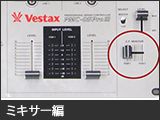 DJミキサー編
DJミキサー編
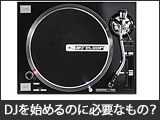 DJを始めるのに必要なもの?
DJを始めるのに必要なもの?
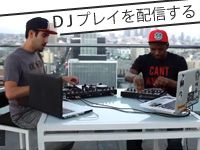 ニコニコ生放送やUstreamでDJプレイをネット配信する
ニコニコ生放送やUstreamでDJプレイをネット配信する
 DJ入門講座
DJ入門講座















